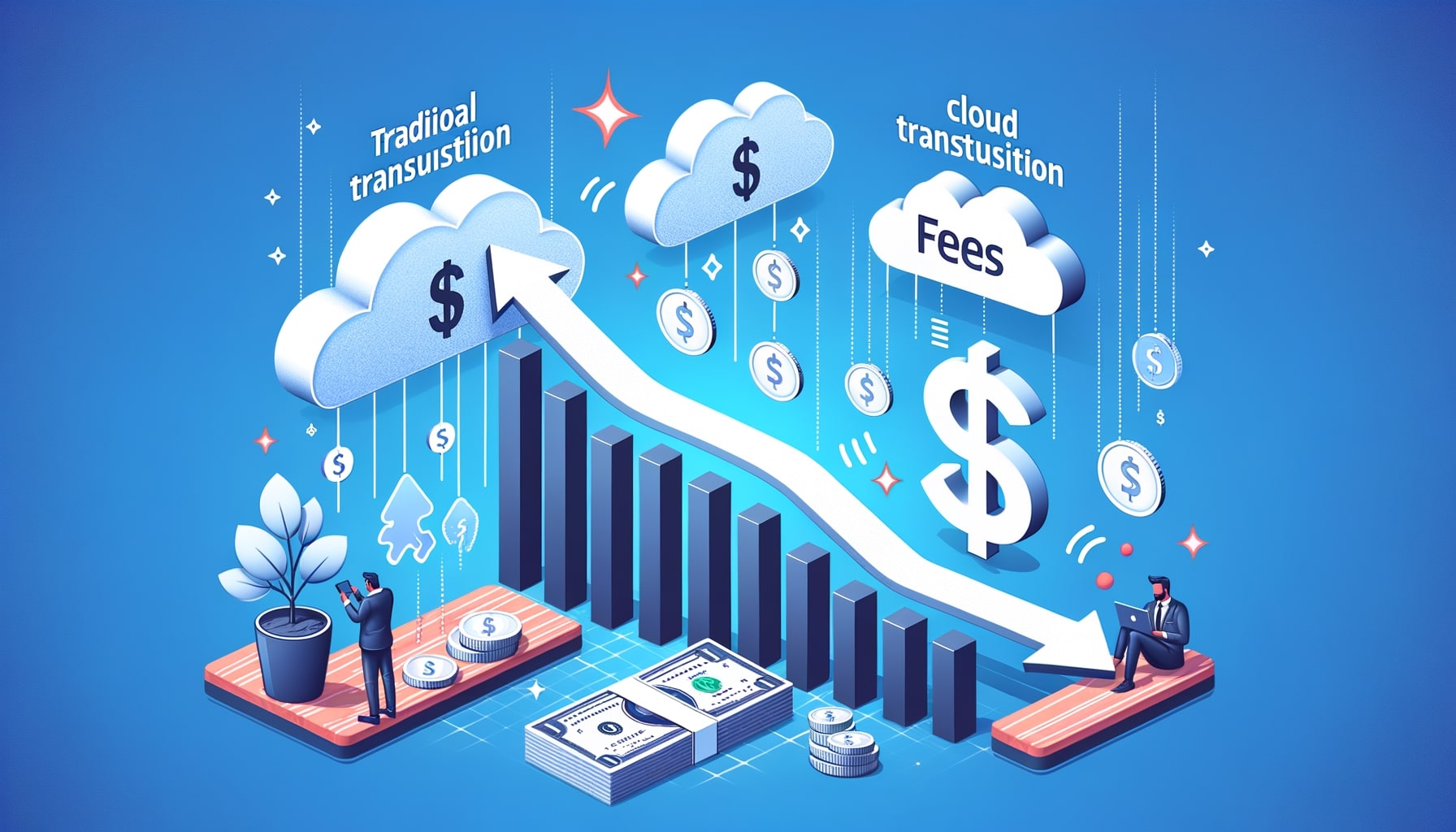Secure Payment Processing in the Cloud
Secure payment processing is a critical aspect of any business that handles financial transactions. With the increasing adoption of cloud computing, many organizations are now leveraging cloud-based payment processing solutions to streamline their operations and improve efficiency. However, with the convenience and benefits of cloud-based payment processing come potential security risks.
In this article, we will explore the best practices for secure payment processing in the cloud, including strong authentication measures, data encryption, access controls, monitoring and auditing, fraud detection and prevention, and compliance considerations.
Understanding the Importance of Secure Payment Processing
Secure payment processing is essential for protecting sensitive customer information, such as credit card details, from unauthorized access and potential data breaches. The consequences of a security breach can be severe, including financial loss, damage to reputation, and legal liabilities. According to the 2020 Cost of a Data Breach Report by IBM, the average cost of a data breach is $3.86 million. Therefore, it is crucial for businesses to prioritize secure payment processing to safeguard their customers’ data and maintain trust.
Best Practices for Secure Payment Processing in the Cloud
Implementing Strong Authentication Measures for Cloud Payment Processing
One of the fundamental best practices for secure payment processing in the cloud is implementing strong authentication measures. This involves verifying the identity of users accessing the payment processing system to prevent unauthorized access. Two-factor authentication (2FA) is a widely recommended method for enhancing authentication security. It requires users to provide two pieces of evidence to prove their identity, such as a password and a unique code sent to their mobile device.
Additionally, organizations should consider implementing biometric authentication methods, such as fingerprint or facial recognition, for an extra layer of security. Biometrics are difficult to replicate, making them a robust authentication mechanism.
Ensuring Data Encryption and Secure Transmission in Cloud Payment Processing
Data encryption is crucial for protecting sensitive payment information during transmission and storage. Encryption converts data into an unreadable format, which can only be decrypted with the appropriate encryption key. When selecting a cloud payment processing solution, businesses should ensure that it supports strong encryption algorithms, such as Advanced Encryption Standard (AES) 256-bit encryption.
Furthermore, secure transmission protocols, such as Transport Layer Security (TLS) or Secure Sockets Layer (SSL), should be used to encrypt data during transit between the customer’s device and the cloud payment processing system. This prevents eavesdropping and unauthorized interception of sensitive information.
Implementing Robust Access Controls and Authorization Mechanisms
To prevent unauthorized access to the cloud payment processing system, organizations should implement robust access controls and authorization mechanisms. This involves granting access privileges based on the principle of least privilege, where users are only given the minimum level of access necessary to perform their job functions.
Role-based access control (RBAC) is a commonly used approach for managing access to cloud payment processing systems. RBAC assigns roles to users and defines the permissions associated with each role. This ensures that users can only access the functionalities and data that are relevant to their roles.
Regularly Monitoring and Auditing Cloud Payment Processing Systems
Regular monitoring and auditing of cloud payment processing systems are essential for detecting and responding to security incidents promptly. Organizations should implement a comprehensive logging and monitoring system that captures and analyzes system logs, user activities, and network traffic.
By monitoring these logs, organizations can identify any suspicious activities, such as unauthorized access attempts or unusual transaction patterns. Additionally, regular audits should be conducted to assess the effectiveness of security controls and identify any vulnerabilities or weaknesses in the system.
Implementing Fraud Detection and Prevention Measures in Cloud Payment Processing
Fraud detection and prevention measures are crucial for secure payment processing in the cloud. Machine learning algorithms can be employed to analyze transaction data and identify patterns indicative of fraudulent activities. These algorithms can detect anomalies, such as unusually large transactions or multiple transactions from different locations within a short period.
Furthermore, organizations should implement real-time transaction monitoring to identify and block potentially fraudulent transactions before they are processed. This can be achieved by setting up rules and thresholds that trigger alerts or automatic transaction rejection when suspicious activities are detected.
Compliance and Regulatory Considerations for Cloud Payment Processing
Compliance with industry regulations and standards is essential for secure payment processing in the cloud. Organizations should ensure that their cloud payment processing solution complies with relevant regulations, such as the Payment Card Industry Data Security Standard (PCI DSS). PCI DSS provides a set of security requirements for businesses that handle credit card information.
Additionally, organizations should consider the geographical location of their cloud service provider and ensure compliance with data protection regulations, such as the General Data Protection Regulation (GDPR) in the European Union.
FAQs
Q.1: What is secure payment processing in the cloud?
Secure payment processing in the cloud refers to the secure handling of financial transactions using cloud-based payment processing solutions. It involves implementing security measures to protect sensitive customer information and prevent unauthorized access.
Q.2: Why is secure payment processing important?
Secure payment processing is important to protect customer data from unauthorized access and potential data breaches. It helps businesses maintain trust, avoid financial loss, and comply with industry regulations.
Q.3: What are the best practices for secure payment processing in the cloud?
The best practices for secure payment processing in the cloud include implementing strong authentication measures, ensuring data encryption and secure transmission, implementing robust access controls, regularly monitoring and auditing systems, implementing fraud detection and prevention measures, and considering compliance and regulatory requirements.
Q.4: What is two-factor authentication?
Two-factor authentication (2FA) is a security measure that requires users to provide two pieces of evidence to prove their identity. It typically involves a password and a unique code sent to the user’s mobile device.
Q.5: How can organizations detect and prevent fraud in cloud payment processing?
Organizations can detect and prevent fraud in cloud payment processing by implementing machine learning algorithms to analyze transaction data, setting up real-time transaction monitoring, and establishing rules and thresholds to identify and block potentially fraudulent transactions.
Conclusion
Secure payment processing in the cloud is crucial for protecting sensitive customer information and maintaining trust. By implementing best practices such as strong authentication measures, data encryption, access controls, monitoring and auditing, fraud detection and prevention measures, and compliance considerations, organizations can mitigate the risks associated with cloud-based payment processing.
It is essential for businesses to prioritize security and stay updated with the latest security technologies and industry regulations to ensure the integrity and confidentiality of payment transactions in the cloud.










